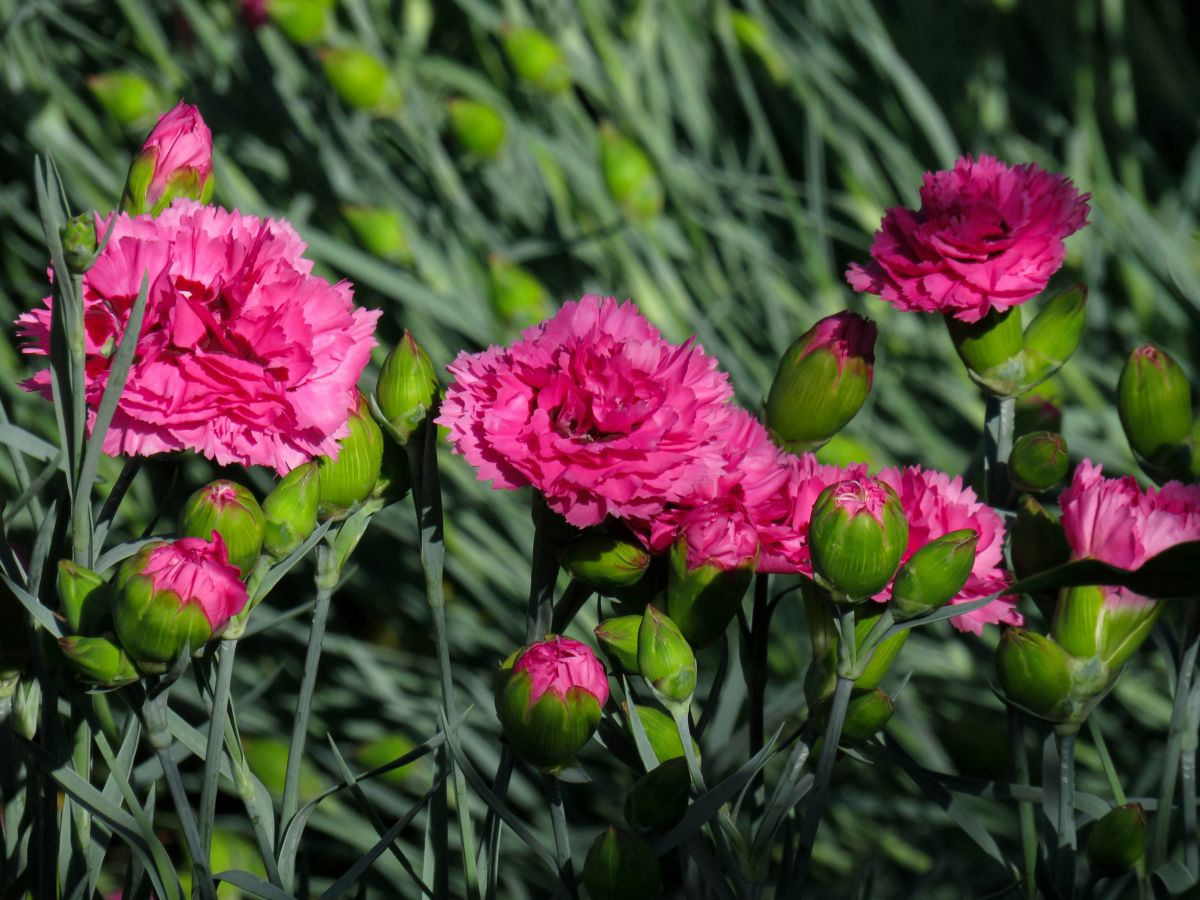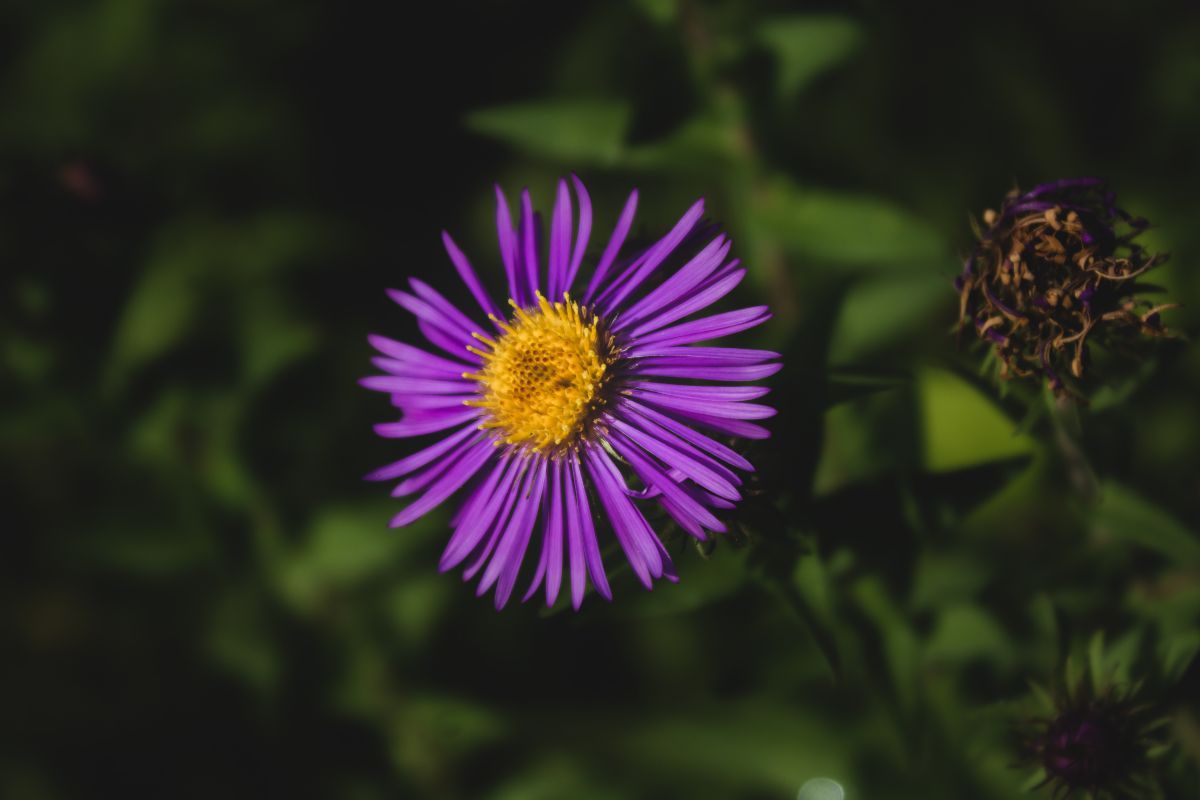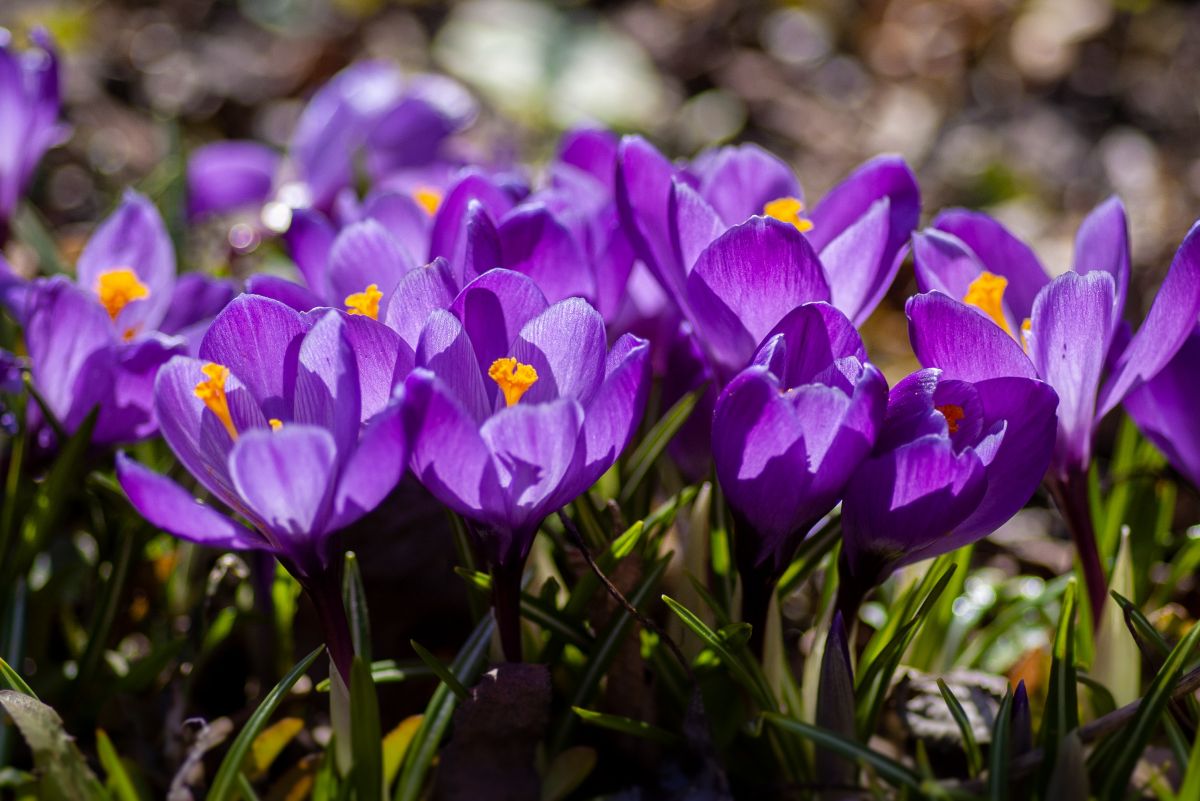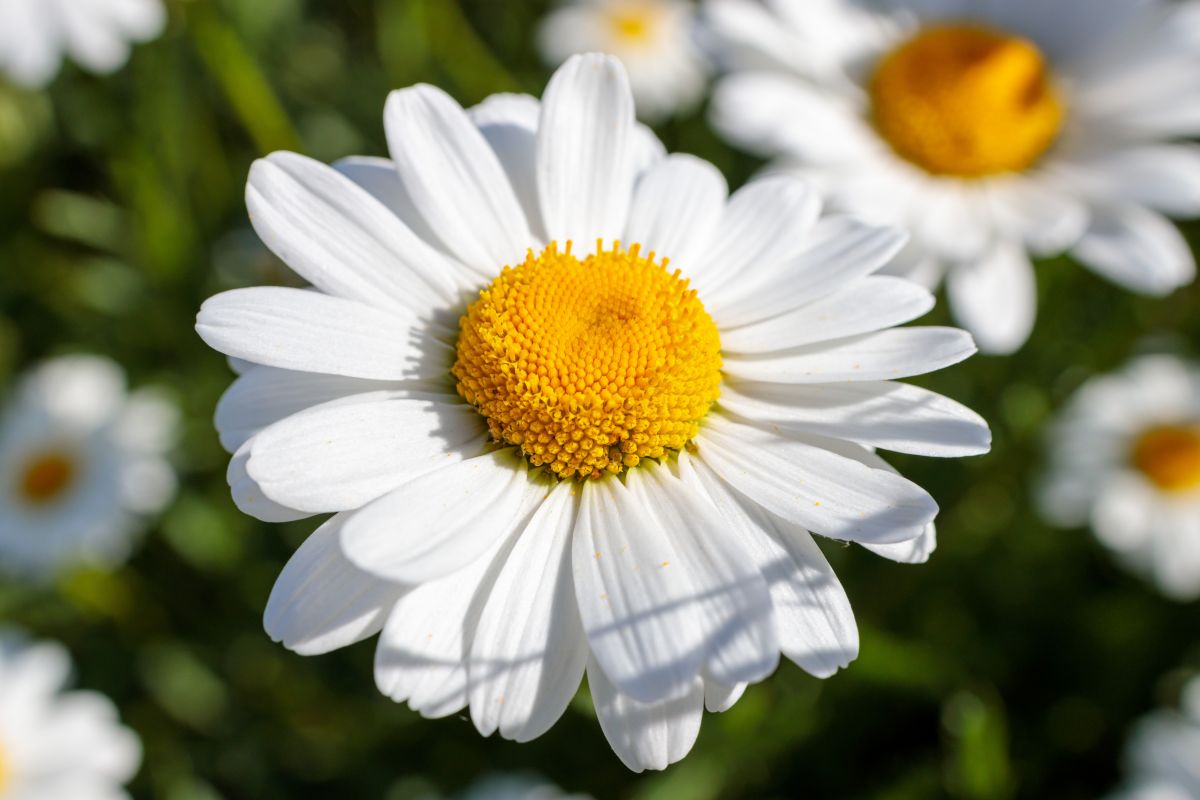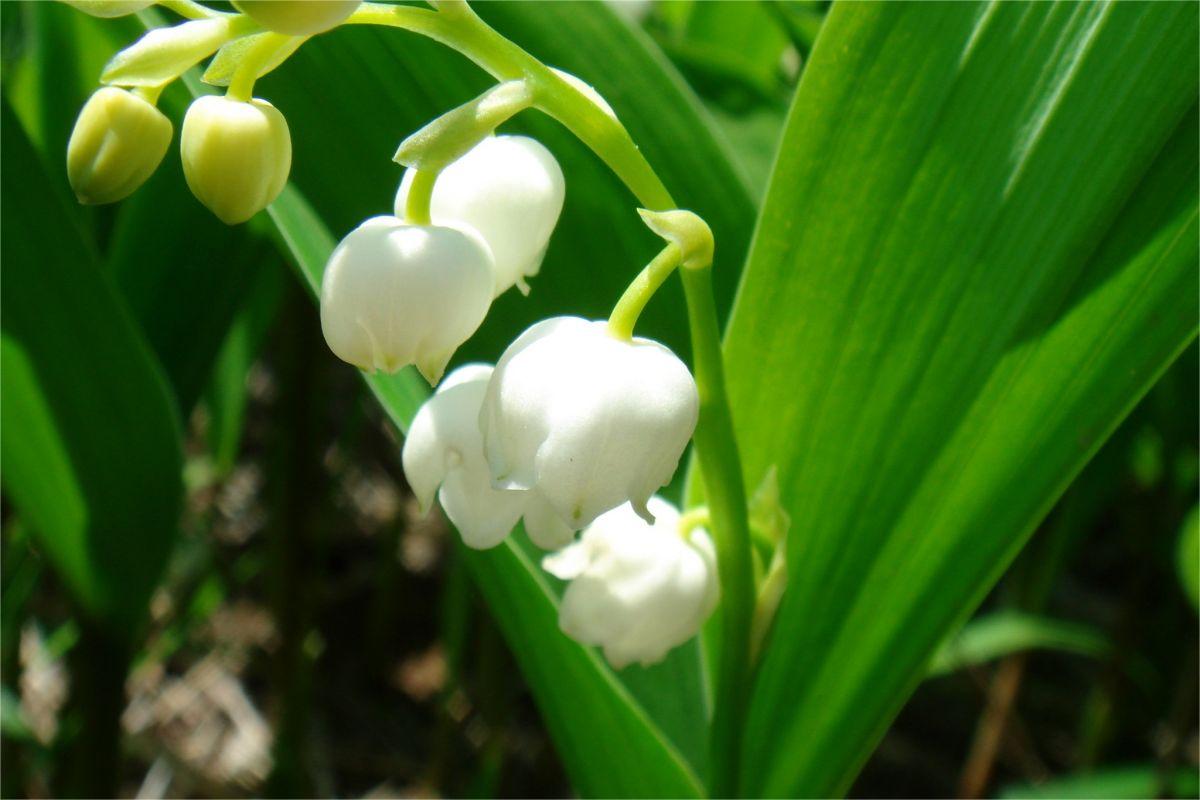November Birth Flower: Camellia Sasanqua
November Birth Flower: Camellia Sasanqua 🌸
Camellia Sasanqua is renowned for its vibrant autumn flowers. These small, colorful blooms resemble an autumn palette. Compared to other camellias, Sasanqua varieties have richer, uniquely shaped flowers with Rose-like petals, creating an elegant feel. Despite their relatively small size, the density of their blossoms makes them a captivating focal point in autumn courtyards.

Camellia Sasanqua Features
Originating in China, camellias, especially the Sasanqua varieties, gained widespread cultivation in Japan. With a history dating back to ancient times, they became traditional ornamental flowers in Asian regions. In Japan, Sasanqua is extensively cultivated, becoming a striking flower in autumn gardens.
Flower Language and Symbolic Meanings
The flower language of Camellia Sasanqua mainly includes warmth, tranquility, and the charm of autumn. The blossoms, unfolding in autumn, evoke a sense of tranquility and peace, like a painting of late autumn. These flowers represent a love for life and an aspiration for beauty, making them an ideal choice for expressing emotions and blessings.
Camellia Sasanqua Varieties
-
🌼 Apple Blossom: Petals of this variety are a light pink, resembling the freshness of apple blossoms. The small and delicate flowers are suitable for adorning flower beds or creating bouquets.
-
🌺 Hana-Jiman: This variety boasts full and layered flowers with vibrant colors. Its unique petal shapes showcase the elegant side of camellias.
-
🌸 Jean May: The petals of Jean May camellia feature shades of purple-red, displaying a sense of nobility and elegance. This variety is suitable for garden embellishments, adding a splendid atmosphere.

Camellia Sasanqua Care Tips
-
☀️ Sunlight and Soil: Camellia Sasanqua thrives in abundant sunlight. It is adaptable but grows healthier in acidic soil. Ensure good drainage to prevent root damage.
-
💧 Moderate Watering: Keep the soil moist, especially during the initial growth period. Sasanqua camellias have a high demand for water, but avoid waterlogging to prevent root rot.
-
🌿 Regular Pruning: Regular pruning helps maintain a pleasing tree shape and encourages more flower bud formation. Moderate pruning after the flowering period contributes to overall plant health.
-
🌱 Moderate Fertilization: Apply moderate fertilization during the growing season, choosing acidic fertilizer to enhance flowering and overall plant health.
Number 11 and Camellia Sasanqua
The number 11 is associated with glory, blessings, and perfection in many cultures. With Camellia Sasanqua blooming in November, it perfectly complements the symbolic meaning of the number 11, signifying perfect and blessed flowers.
Legends and Stories of Camellia Sasanqua
In some literary works and legends, Camellia Sasanqua is endowed with the meaning of representing friendship and deep affection. It often appears in scenes where friends meet and enjoy beautiful moments together, becoming a symbol of friendship and deep affection.
November Birthstone 💎 and Constellation
-
Birthstone: Yellow Topaz - The November birthstone, Yellow Topaz, symbolizes friendship and loyalty, aligning with the flower language represented by Camellia Sasanqua, conveying wishes for deep and beautiful friendships.
-
Constellation: Scorpio - The November constellation Scorpio emphasizes depth and independence, resonating with the warm and tranquil flower language of Camellia Sasanqua.
Uses of Camellia Sasanqua
-
Garden Decoration: Camellia Sasanqua is commonly used for garden decoration, becoming a striking feature in autumn gardens. The vibrant-colored flowers add vitality and energy to the courtyard.
-
Flower Baskets and Arrangements: The flowers of Camellia Sasanqua are suitable for creating flower baskets and arrangements, bringing an elegant autumn atmosphere indoors. They can be combined with other autumn flowers for a colorful arrangement.
-
Spice Extraction: The flowers have a faint fragrance, suitable for spice extraction to create aromatic products. The warm and pleasant aroma of Camellia Sasanqua enhances the tranquil ambiance indoors.
Frequently Asked Questions and Tips
-
How long is the flowering period of Camellia Sasanqua?
Camellia Sasanqua typically blooms in autumn, starting from November and lasting through the cold winter. Its extended flowering period makes it a favorite in autumn courtyards. -
How to prevent and treat pests and diseases of Camellia Sasanqua?
Regularly inspect plants, watch for common pests such as aphids and red spiders. Implement biological control or use environmentally friendly pesticides to maintain plant health. -
Why won't the buds of Camellia Sasanqua flowers open?
Buds not opening may be due to insufficient water, uneven nutrient distribution, or pest infestation. Adjust watering and fertilization appropriately and take measures to control pests. -
How to deal with overly long branches of Camellia Sasanqua?
Regularly prune the plant, control the length of branches to maintain an attractive tree shape, and promote the opening of more flowers. Trimmed branches can be used for flower arrangements, adding an artistic atmosphere to living spaces. -
Is Camellia Sasanqua suitable for indoor cultivation?
Generally, Camellia Sasanqua is more suitable for outdoor planting. However, in the cold winter, potted plants can be moved indoors, ensuring they receive sufficient sunlight. When planting indoors, pay attention to ventilation and lighting conditions to ensure healthy plant growth. -
Can the flowers of Camellia Sasanqua be used for consumption or tea making?
While Camellia Sasanqua has some traditional herbal uses in Chinese medicine, its flowers are not suitable for consumption or tea making due to harmful components. It is recommended for ornamental and decorative purposes only.
